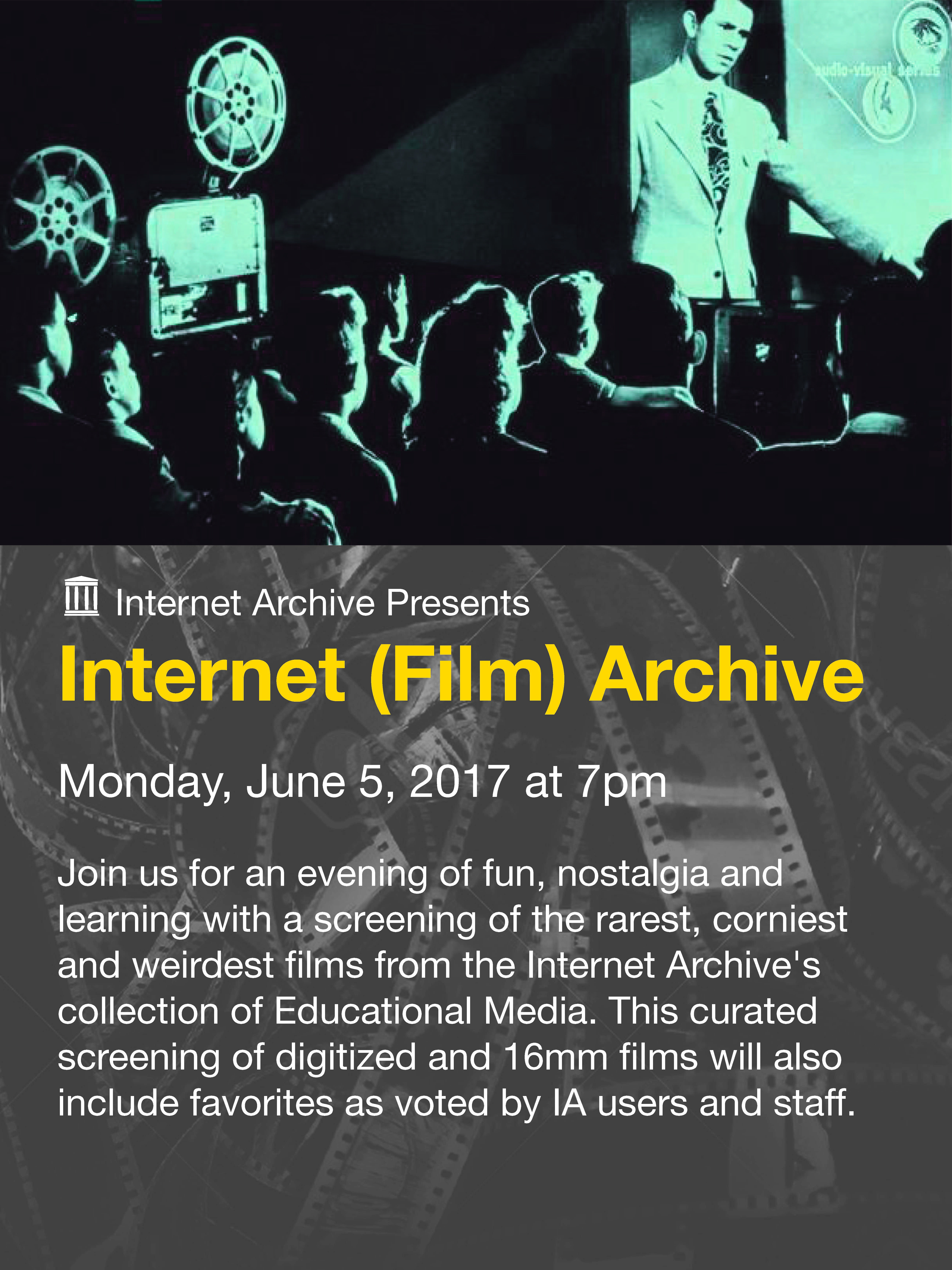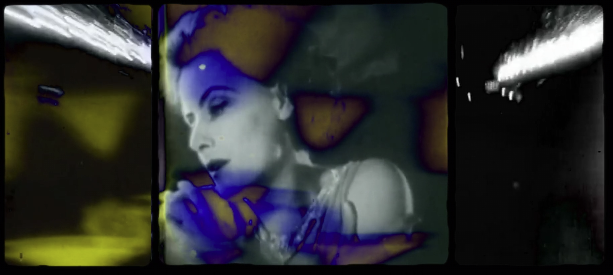
Filmmakers responded with enthusiasm and creativity to a call from the Internet Archive to make short films using newly available content from 1925 in celebration of Public Domain Day. They discovered a new freedom in being able to remix film clips with Greta Garbo, magazine covers with flappers, and sheet music from standards like “Sweet Georgia Brown” – all downloadable for free and reusable without restriction.
For the contest, vintage images and sounds were woven into films of 2-3 minutes that conveyed a sense of whimsy, nostalgia, and humor. While some were abstract and others educational, they all showcased ingenuity and possibility when materials are openly available to the public.
“The Internet Archive has spent 24 years collecting and archiving content from around the world…now is the time to see what people can do with it,” said Amir Saber Esfahani, director of special arts projects at the Internet Archive. He was a judge in the December short-film contest along with Carey Hott, professor of art and design at the University of San Francisco, and Brewster Kahle, digital librarian and founder of the Internet Archive.
The judges reviewed 23 entries and chose a winner based on creativity, variety of 1925 content (including lists of all sources), and fit for the event (fun, interesting and captivating). These new creative works may also be available for reuse, as indicated by the license term selected by the creator.
First place: Danse des Aliénés
Joshua Curry, a digital artist from San Jose, won first place for his submission, Danse des Aliénés (Dance of the Insane), in which he layers pieces of film on three panes with images rising and falling music to “Dance Macabre” (Dance of Death) performed by the Philadelphia Symphony Orchestra. The format was inspired by the poem dramatized in triptych in the short film In Youth, Beside the Lonely Sea. His creation included flashes of Greta Garbo, ghosts from Koko Sees Spooks and colorful designs flowing in and out of the frames.
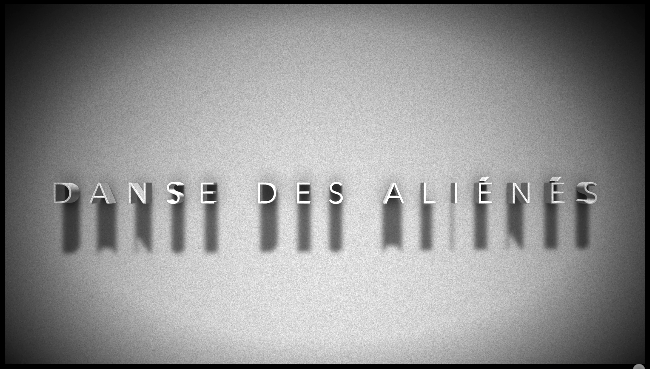
Curry, who has been making experimental videos since the 1980s, says the project was a perfect fit for his artist techniques, where he likes to stress and transform film in new ways. His film had a glitchy, broken feel that is in line with the aesthetic he often uses (See his other work at lucidbeaming.com.)
“I wanted it to be evocative and for people to appreciate it as a stand-alone piece of art,” says Curry, 49. “My visual goal was to produce something challenging that a wide variety of people could connect to – despite being mostly abstract and sourced from 95-year-old content.”
While Curry’s studio is modern and full of electronic equipment, working with the 1925 content and hearing music with cartoonish voices making novelty, popping sounds their cheeks was a welcome break. “One day when I was choosing the music, I was driving around the city listening to songs and felt like I was transported back in time,” Curry says.
He says it was also a pleasure to have easy access to the public domain content without commercial gatekeeping or legal obstacles, which he often encounters with digital material he wants to remix. As it happens, Curry just completed a class in multimedia copyright. He says he works hard to operate within the rules because he wants his video creations to survive online and not be taken down because of copyright infringement allegations.
Having the works for this project in the public domain meant less time trying to get the content and more time to focus on the creative process. “It was like being a little kid who was told he couldn’t have cake and then one day saying: ‘Dive in!’,” Curry said of the access to the 1925 material in the Internet Archive.
Receiving the contest’s top honors was particularly meaningful, says Curry, because he works in Silicon Valley where the Internet Archive has “great nerd cred” and is a library that people revere.
“I was proud to win with weirdness,” Curry says. “My piece was abstract, without narration or titles, and an authentic tribute to the pioneering work of the experimental films I made use of.”
To learn more about Curry’s inspirations and to hear from him directly, watch the director’s commentary that was captured during the Public Domain Day event.
Second place: Vanishing Ink
Second place went to Alaro Brandon for Vanishing Ink, a film with a montage of clips from 16 movies including The Last Laugh and Hold My Baby and four songs: “Norwegian Dances,” “Song of the Vagabonds,” “I Want to be Happy” and “Hawaiian Ripples.”
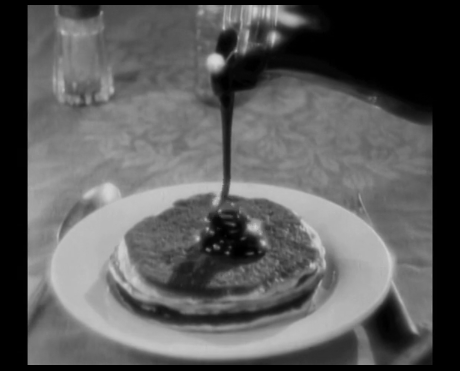
Third place: Fashion of the 1920s
Arden Spivack-Teather, 12, and Sissel Ramierz, 13, both of San Francisco, won third place for their short film, Fashion of the 1920s. It traces the evolution of women’s clothing from tight-fitting styles that required corsets to drop-waisted, loose dresses popularized by flappers. “Women could finally be chic and comfortable at the same time,” the film notes. “Every time you notice a fabulous flowing frock, thank the 20s.”

Arden found out about the contest through her mom, Cari Spivack, a staff member at the Internet Archive, and decided to partner with her friend, Sissel, a classmate since kindergarten who she had collaborated with for a winning science fair project in fifth grade. On Zoom and FaceTime, the girls looked through old McCalls magazines and decided to focus on the changing style of women’s clothing.
“It was really fun to use our creativity and find things that would look good together,” said Arden, who had never before made a film. Although the research, script and editing were a challenge, she says she hopes to do it again.
Spivack said she enjoyed seeing her daughter explore the material in the Archive, giggling and musing at the kitchen table about the tonics and ads she discovered. “It was exactly what I was hoping would happen — that they would be gripped by fascination of a time period that was long gone. They could travel back and learn on their own, paging through a magazine just like someone their age would have in 1925.”
The diversity of approaches people had with the films was impressive, added Spivack.
“It’s a good introduction to what can be done with old materials. You can use them to learn and to educate others. Or you can reuse them to make something that’s completely unexpected or never seen before,” Spivack said. “As archivists everything is important. But you don’t know why until you see what it can turn into or what it informs in the future.”
Honorable mentions
- Yo Hey Look! by Adam Dziesinski, which pieced together film clips where something caught an actor’s eye, from a baby in a wicker stroller to a woman with a bob haircut dancing to a man in a Bowler hat laughing.
- Michaela Giles made a time-lapse film of her using oil pastels, pencils, paints, and pens to draw a profile of a woman gracing the front of a vintage publication in 1925 Magazine Cover Recreation.
- Public Domain Day by Subhashish Panigrahi explained the basics of how copyright works with text interspersed with cartoon clips, colorful paintings, and magazine covers.
- Skevos Mavros played “Yes, Sir! That’s my Baby” and “Dreams” while showing comical, slapstick film clips, and dance scenes in his tribute to Public Domain Day 2020.
- 25 Dad Jokes from 1925 by Anirvan Chatterjee was a compilation of jokes gathered from vintage middle school and high school yearbooks from Iowa, Pennsylvania, Massachusetts, Oregon, California. Among the corny humor: “Why is the ocean so angry? It’s been crossed too many times,” and “What are the three most often words used in school? I don’t know.”
The films were shown at the December 17 Public Domain Day virtual party, where the creators were asked to discuss their projects in breakout room discussions. You can view a livestream of the event here.

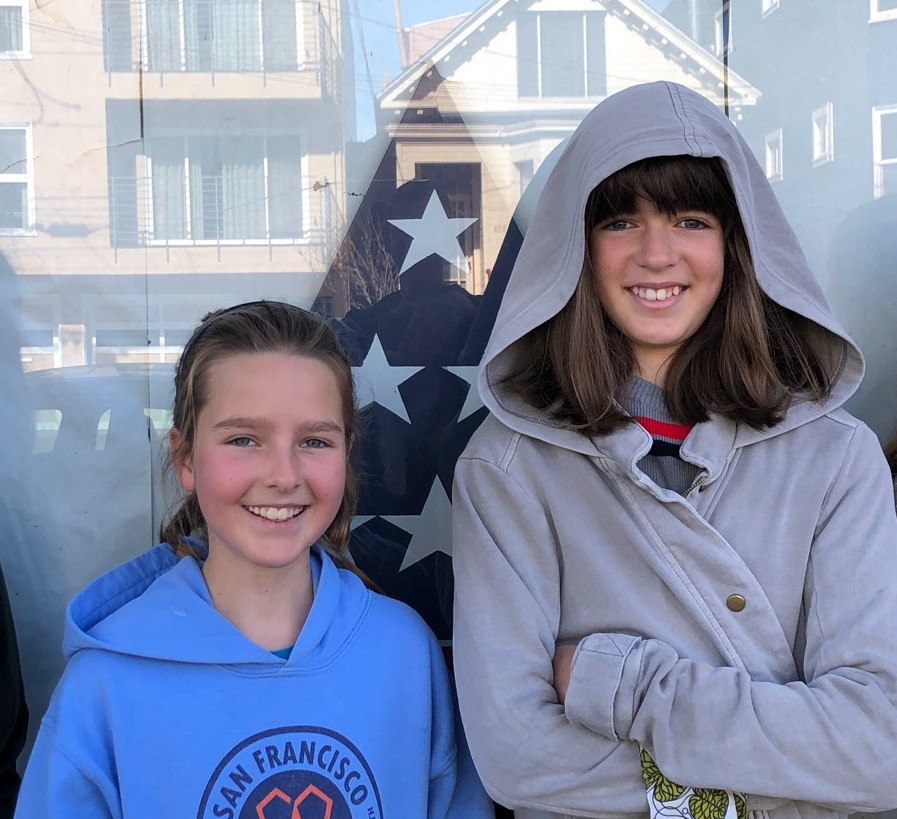
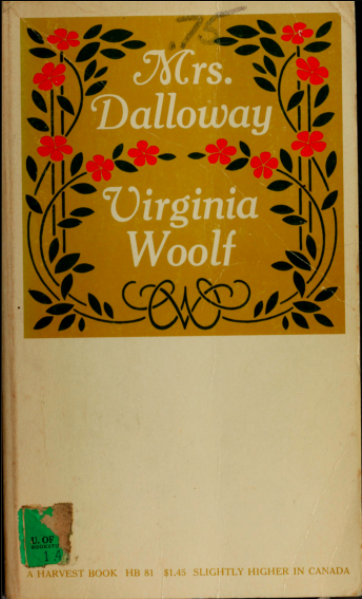
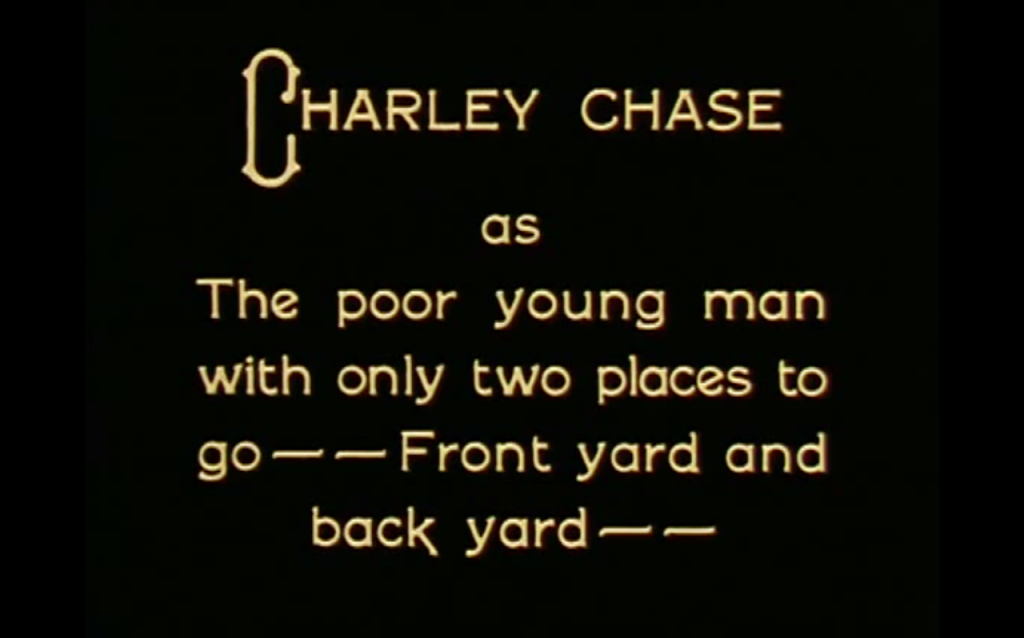
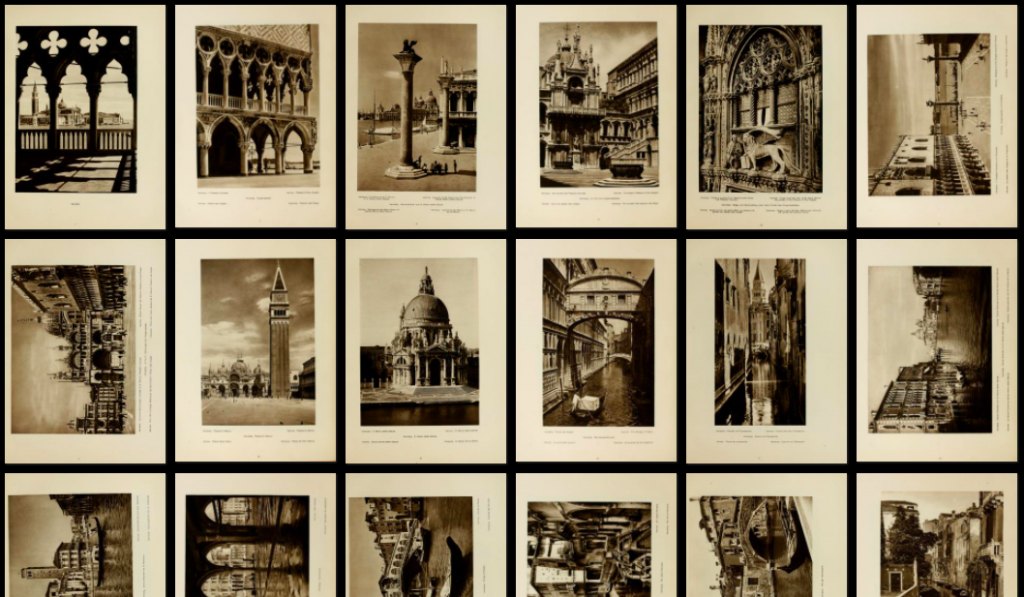

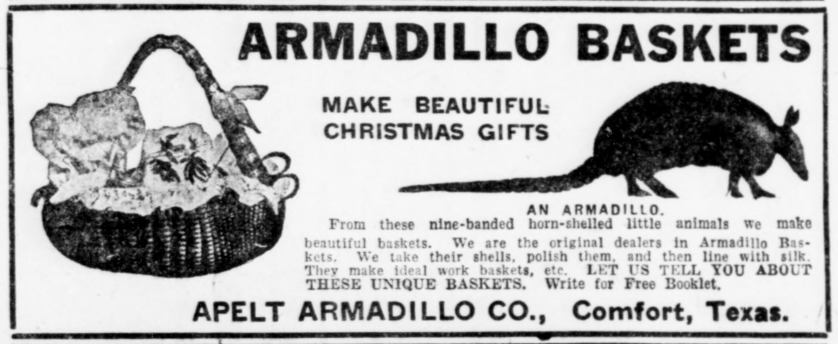
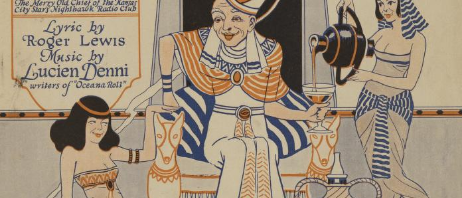
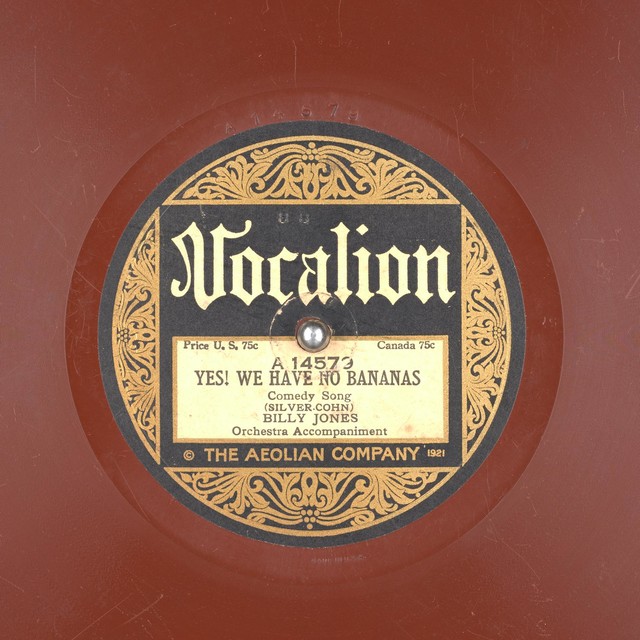
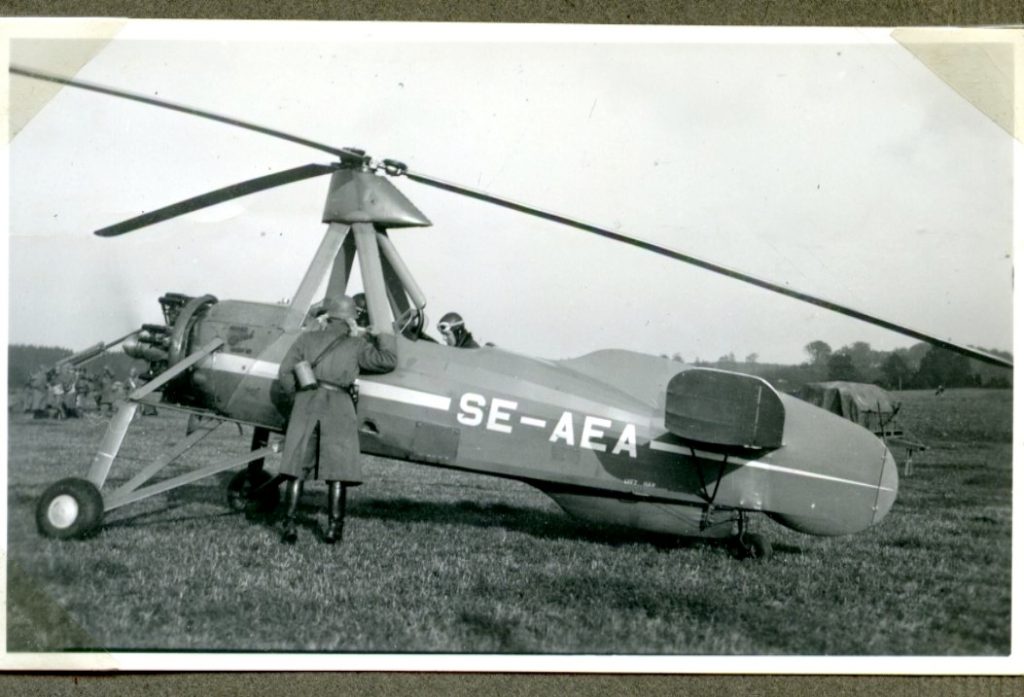
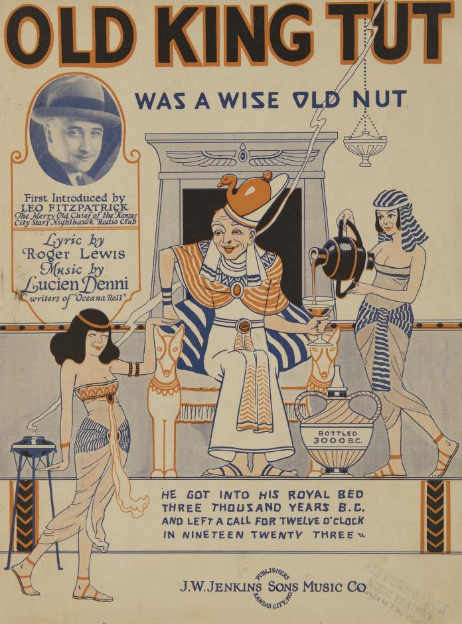
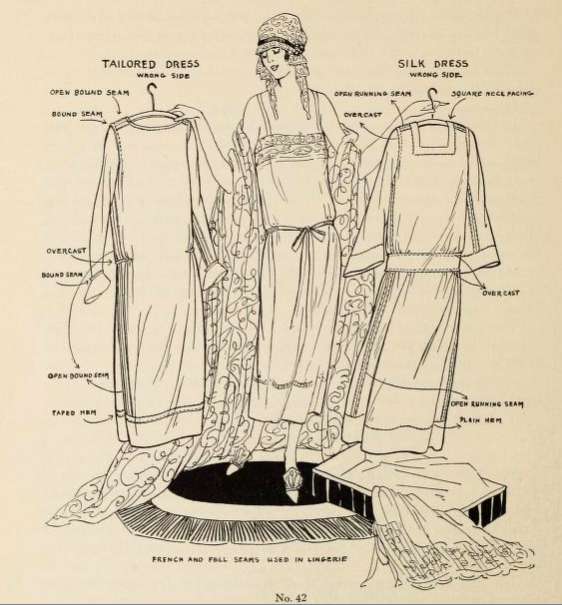

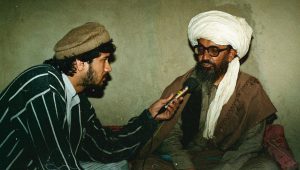
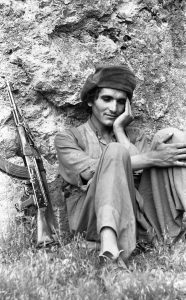

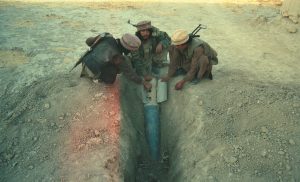


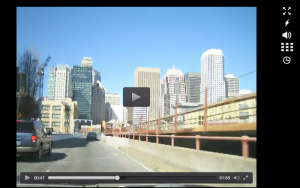
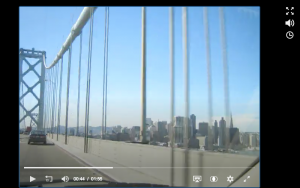


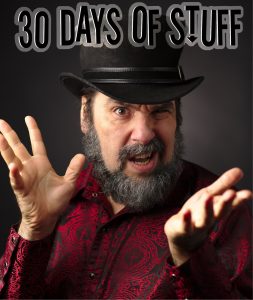

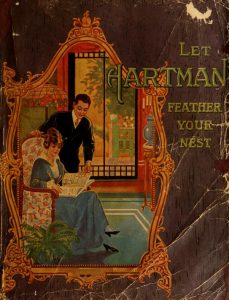

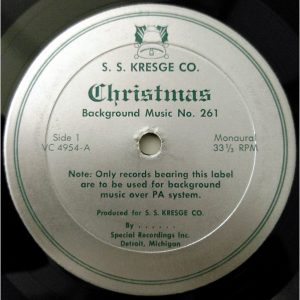
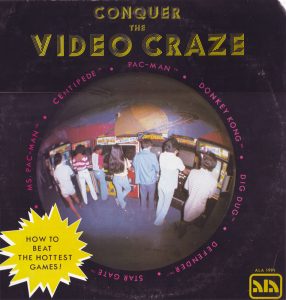
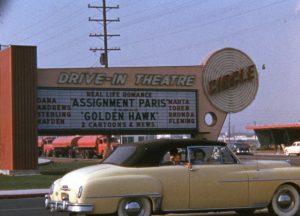
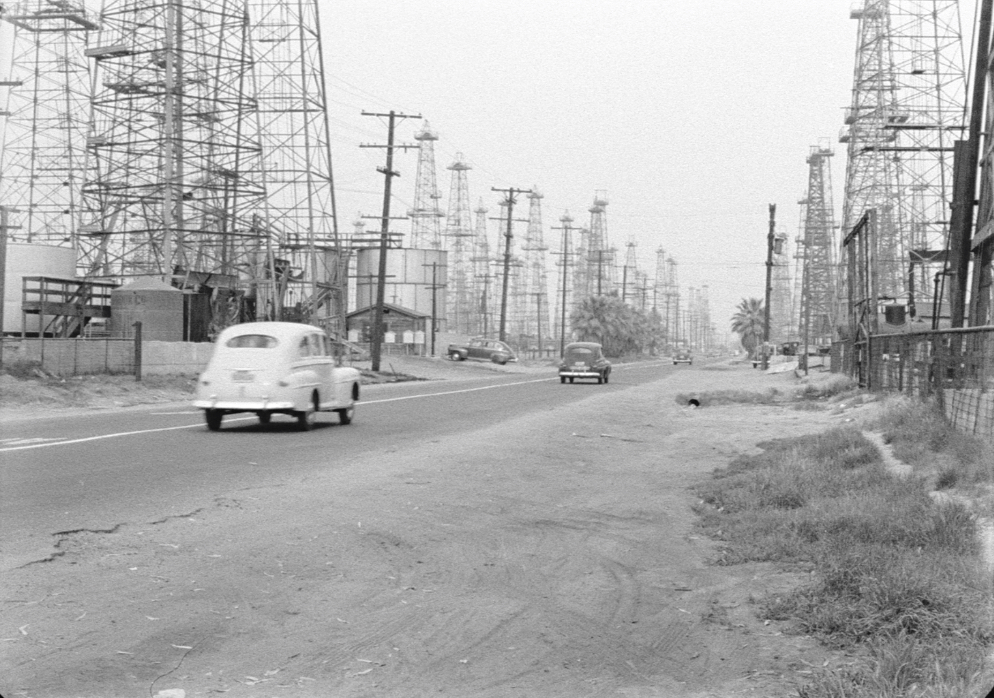 Lost Landscapes of Los Angeles is the latest of Rick Prelinger’s “urban history film events,” featuring rediscovered and largely-unseen archival film footage arranged into feature-length programs. Unlike most screenings, the audience makes the soundtrack — viewers are encouraged to identify places, people and events; ask questions; and engage with fellow audience members. While the films show Los Angeles as it was, the event encourages viewers to think about (and share) their ideas for the city’s future. What kind of a city do we want to live in?
Lost Landscapes of Los Angeles is the latest of Rick Prelinger’s “urban history film events,” featuring rediscovered and largely-unseen archival film footage arranged into feature-length programs. Unlike most screenings, the audience makes the soundtrack — viewers are encouraged to identify places, people and events; ask questions; and engage with fellow audience members. While the films show Los Angeles as it was, the event encourages viewers to think about (and share) their ideas for the city’s future. What kind of a city do we want to live in?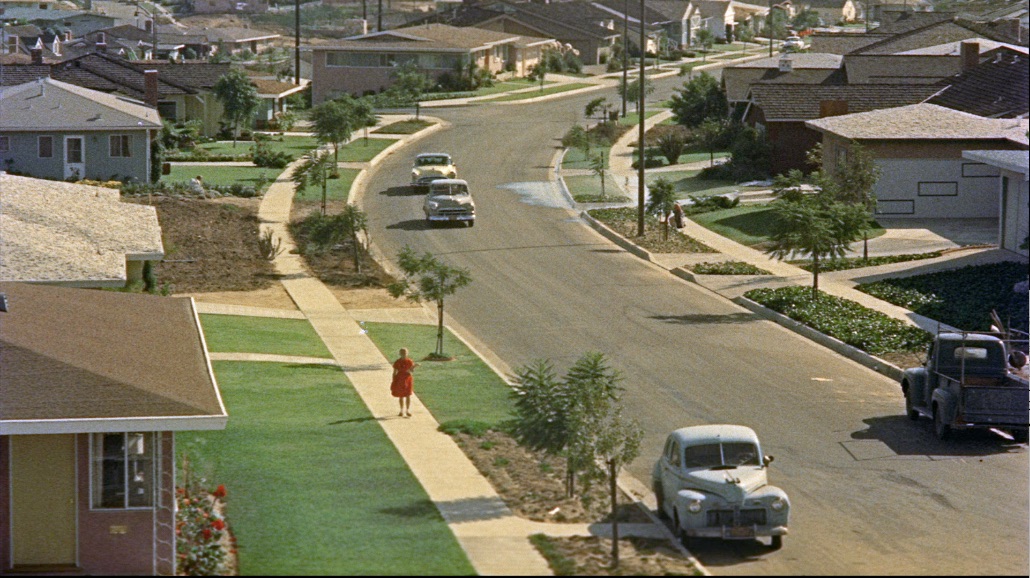 Rick Prelinger is an archivist, filmmaker, and educator. He teaches at UC Santa Cruz and is a board member of Internet Archive. His films made from archival material have played at festivals, museums, theaters, and educational institutions around the world. Lost Landscapes of San Francisco (11 episodes, 2006-2016) plays every autumn in San Francisco. He has also made urban history films in Oakland and Detroit, and is currently producing a New York film for an autumn premiere. He thanks Internet Archive and its staff for making this film possible.
Rick Prelinger is an archivist, filmmaker, and educator. He teaches at UC Santa Cruz and is a board member of Internet Archive. His films made from archival material have played at festivals, museums, theaters, and educational institutions around the world. Lost Landscapes of San Francisco (11 episodes, 2006-2016) plays every autumn in San Francisco. He has also made urban history films in Oakland and Detroit, and is currently producing a New York film for an autumn premiere. He thanks Internet Archive and its staff for making this film possible.